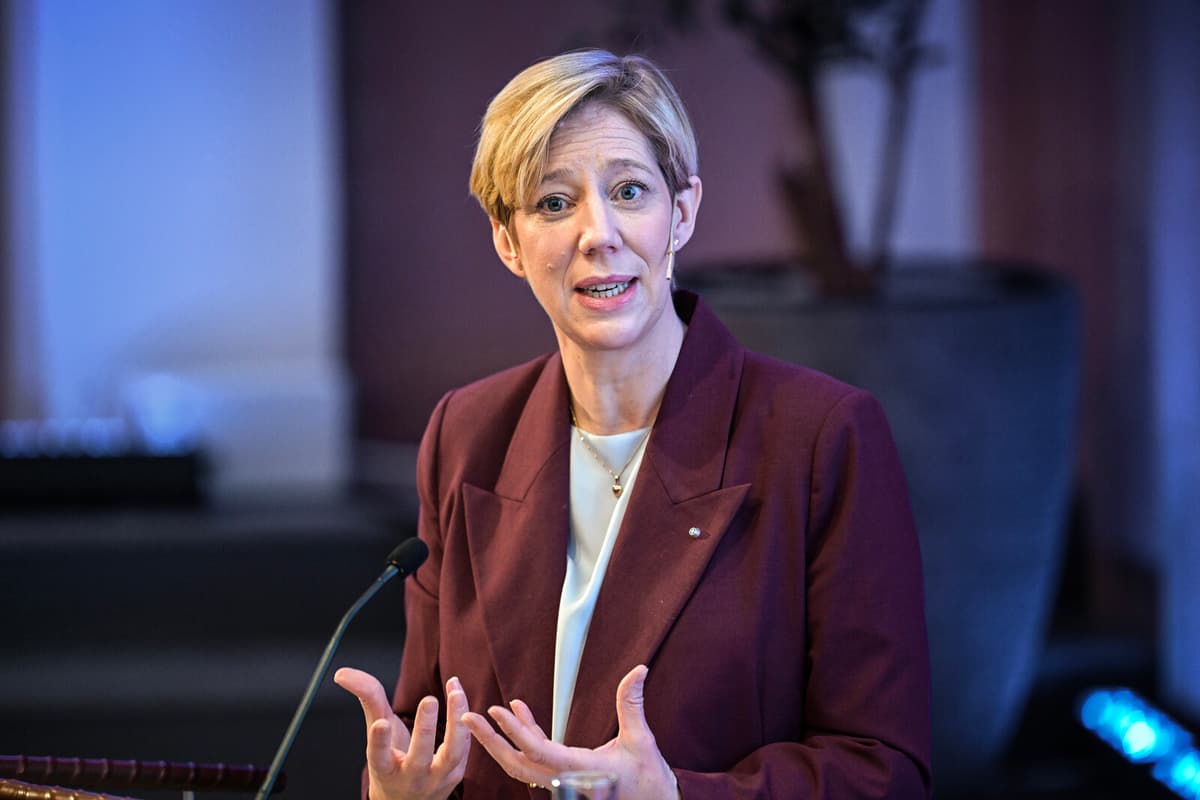But she thinks that Sweden is well-equipped to handle the turmoil that the world economy is currently going through after the Trump administration's tariff shock on April 2.
Households have had real wage increases for a while and have secured "fine real wage increases" for a while to come, according to her assessment. She also notes positive signs on the labor market, with increased employment.
And Swedish companies, we know, are extremely skilled at finding new markets, even when it's turbulent in the surrounding world. It will look a bit weak now, at the beginning of the year. But in the long term, we have a very strong faith in the Swedish economy, says Breman.
The prerequisites for Sweden to get through this global turmoil are good, she adds.
Decreased inflation?
She also expects a downward pressure on inflation, due to a slowdown in global market prices for some food items, combined with the fact that the krona has strengthened so far this year.
In the long run, we should not see food prices continue to rise so much. But it's an uncertainty factor and can be affected by very much, says Breman.
The Trump administration's tariffs do not need to have "huge effects on Sweden in the short term" – but it's negative for the Swedish economy. The big question is the uncertainty and how long it will last, according to Breman.
New data ahead of the interest rate decision
The next interest rate announcement from the Swedish Central Bank will come on May 8. It will be delivered without a new monetary policy report and therefore without new forecasts for the Swedish economy.
But new data will be available that can affect the interest rate decision, including a business cycle barometer from KI and inflation statistics.
It remains to be seen how the recent turbulence will affect the GDP figures.
Generally, it's clear that this is not good. I would still expect to see some worse figures in the near future, says Breman.
The repo rate is currently at 2.25 percent and the interest rate path – the forecast for the repo rate – remained unchanged at 2.25 percent in the first quarter of 2028.
Actors on the interest rate market have recently positioned themselves for what they believe may be one or two rate cuts this year – which would bring the repo rate down to 1.75-2.00 percent.
Corrected: An earlier version of the text contained incorrect information about what new data would be available ahead of the next interest rate decision.





